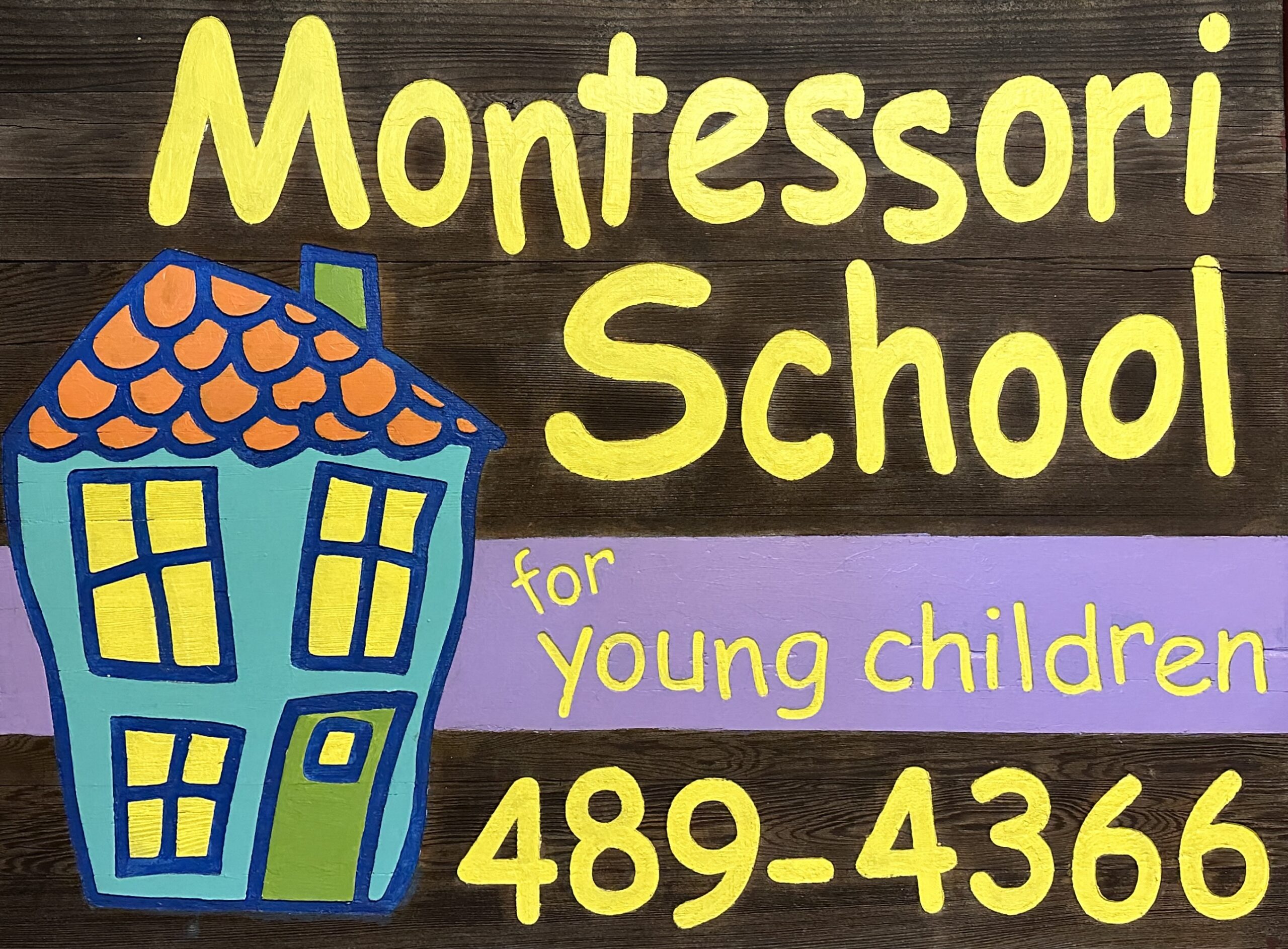The Montessori Method centers on the premise that a child carries within himself/herself the person he/she is to become in the future. In order for this creation to develop properly, a child must be given the freedom to explore and discover in an environment without obstacles. A Montessori classroom provides this opportunity with a prepared environment that incorporates self-correcting materials in a multi-aged setting. The materials are organized on the shelves according to their level of difficulty. The directress, or teacher, acts as a guide who connects the child to the material and facilitates an interest that will lead to new ideas and discoveries with the materials.
Maria Montessori believed a child passes through sensitive periods where he is able to focus on one particular aspect of the environment while ignoring all others. The directress must observe and recognize these stages to know when a child is ready to absorb a new concept. Between the ages of 3-6, a child is developing his sensory, fine motor, and gross motor skills, as well as continuing to perfect all of the language he has acquired from the ages of 0-3.
The Montessori classroom helps to develop these skills in five areas:
- Practical Life: The child develops order, concentration, coordination, and independence through activities centering on the care of the person, care of the environment, and grace/courtesy lessons. These are often exercises that can be repeated in the home, such as pouring, scrubbing, and dishwashing. Through repetition, the child attains the goal of understanding and mastering the process of becoming. This process, not the product, is the ultimate goal of the work.
- Sensorial: The sensorial materials help the child isolate one particular aspect of the material and focus on the refinement of one of the senses. This might include the chromatic sense with the color boxes, the tactile sense with the touch boards, or the gustatory sense with the tasting jars. Developing the senses allows the child to experience new information sensorially before it is internalized in the mind. This will prepare the child for future studies in mathematics, language, and cultural studies.
- Mathematics: The mathematics materials help the child develop skills in numeration, the decimal system, the four operations (addition, subtraction, multiplication, and division), fractions, and geometry. The materials move from simple to complex and from concrete to abstract to assist the child in developing skills in mathematical concepts.
- Language: The language materials help the child to enrich his/her vocabulary, and begin to acquire the skills of writing and reading. The sandpaper letters help the child learn the 40 key sounds in the English language. The moveable alphabet helps the child combine sounds and focus on creative writing skills, which eventually leads to reading skills, too. The metal insets develop fine motor skills and handwriting. The materials assist the child in creating his/her own language through exploration and discovery.
- Cultural Studies: The cultural materials focus on lessons in geography, history, physical science, zoology, botany, music, and art. Lessons begin with a large concept, such as the History of the Universe, and move to smaller more focused lessons of interest to the child. For example, the child may be interested in studying the planets, the layers of the earth, or the continent map after being exposed to the History of the Universe.
Working in a multi-aged classroom for three years helps the child develop social graces, as well. A younger student will mimic and follow lessons given by an older student. An older student will solidify his/her own learning by assisting a younger student. Lessons in grace and courtesy are a normal part of the day, such as in preparing and serving snacks, asking to join or observe a lesson, and helping another child who is facing difficulty. The child learns to be responsible for both himself/herself and his/her environment.
As the school year progresses, the classroom will become normalized. The child is able to focus on work and use the materials in a constructive manner without disturbing others. A student may be observing another child’s work or offering a lesson to another student. A child is able to move freely about the classroom and converse with other children, but not in a way that is disruptive. The directress is unobtrusive and quiet, giving lessons and observing the students and the classroom constantly.
Through the inclusion of self-correcting materials in a multi-aged classroom, the child is able to flourish in an environment specifically made to meet his/her developmental needs. This approach will help the child create a firm foundation in himself/herself to prepare him/her for the person he/she will become in the future.
